Occupation Mathematician Siblings Bonaccinghus Bonacci | ||
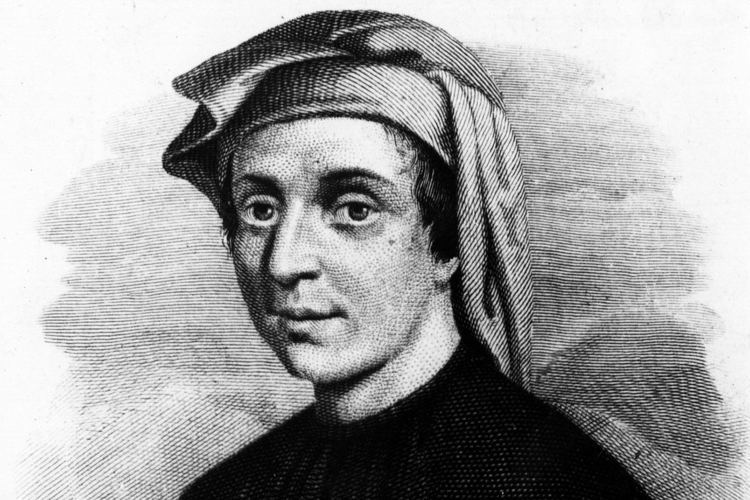 | ||
Born c. 1170–75 Pisa Parents Alessandra Bonacci, Guglielmo Bonacci Books Liber Abaci, The Book of Squares Similar People Muhammad ibn Musa al‑Khwarizmi, Isaac Newton, Niels Henrik Abel, Archimedes, Pythagoras | ||
Full name Leonardo Pisano Bigollo Died c. 1250 (aged 79–80) Pisa, Republic of Pisa Other names Leonardo Fibonacci, Leonardo Bonacci, Leonardo Pisano | ||
Blockhead the life of fibonacci by jospeph d agnese
Fibonacci (c. 1175 – c. 1250) was an Italian mathematician from the Republic of Pisa , considered to be "the most talented Western mathematician of the Middle Ages". The name he is commonly called, "Fibonacci" ([fiboˈnattʃi]), was made up in 1838 by the French historian Guillaume Libri and is short for "filius Bonacci" ("son of (the) Bonacci") and he is also known as Leonardo Bonacci, Leonardo of Pisa, Leonardo Pisano Bigollo, or Leonardo Fibonacci.
Contents
- Blockhead the life of fibonacci by jospeph d agnese
- The Fibonacci Sequence How it Works and its Link to the Golden Ratio
- History
- Liber Abaci 1202
- Fibonacci sequence
- Legacy
- Works
- References
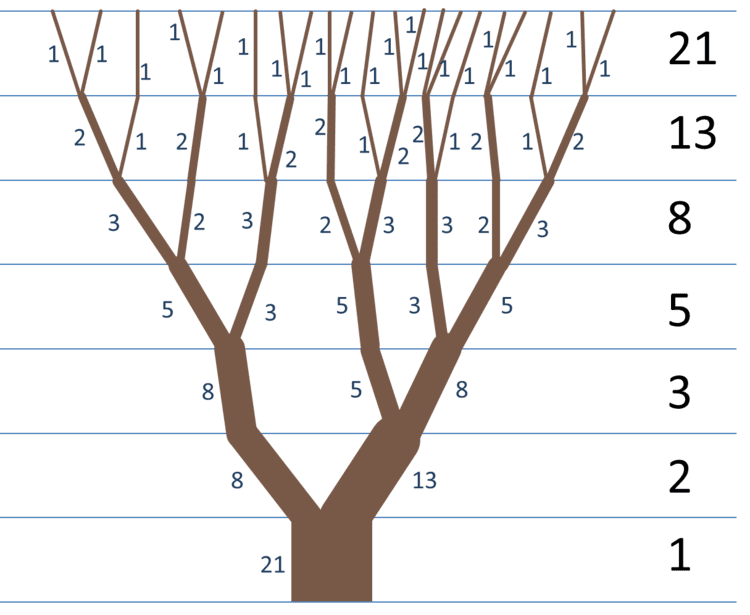
Fibonacci popularized the Hindu–Arabic numeral system in the Western World primarily through his composition in 1202 of Liber Abaci (Book of Calculation). He also introduced Europe to the sequence of Fibonacci numbers, which he used as an example in Liber Abaci.
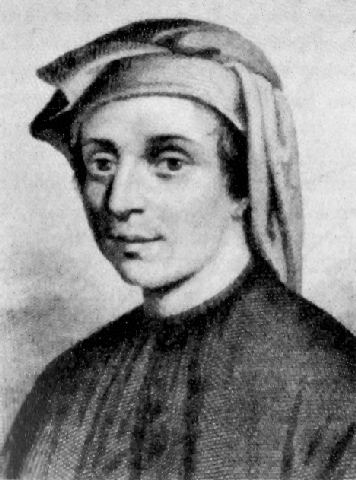
The Fibonacci Sequence, How it Works and its Link to the Golden Ratio
History
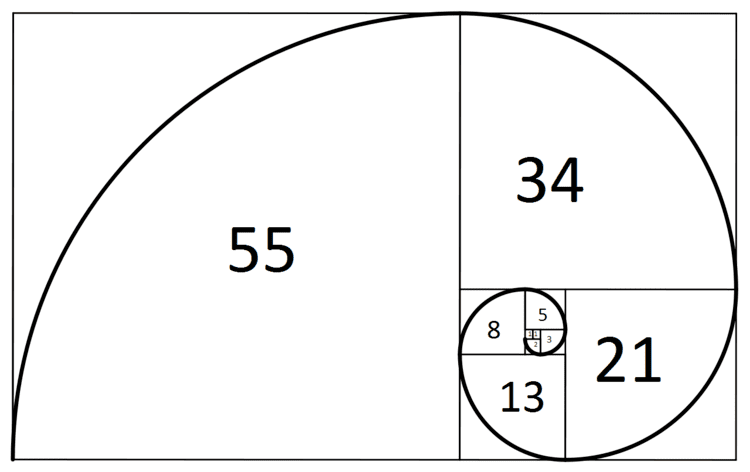
Fibonacci was born around 1175 to Guglielmo, a wealthy Italian merchant and, by some accounts, the consul for Pisa. Guglielmo directed a trading post in Bugia, a port in the Almohad dynasty's sultanate in North Africa. Fibonacci travelled with him as a young boy, and it was in Bugia (now Béjaïa, Algeria) that he learned about the Hindu–Arabic numeral system.
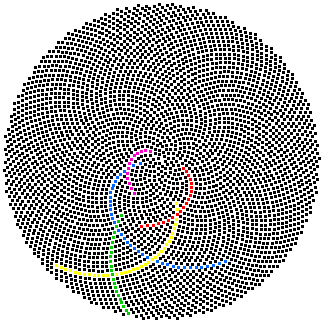
Fibonacci travelled extensively around the Mediterranean coast, meeting with many merchants and learning about their systems of doing arithmetic. He soon realised the many advantages of the Hindu-Arabic system. In 1202, he completed the Liber Abaci (Book of Abacus or Book of Calculation) which popularized Hindu–Arabic numerals in Europe.
Fibonacci became a guest of Emperor Frederick II, who enjoyed mathematics and science. In 1240, the Republic of Pisa honored Fibonacci (referred to as Leonardo Bigollo) by granting him a salary in a decree that recognized him for the services that he had given to the city as an advisor on matters of accounting and instruction to citizens.
The date of Fibonacci's death is not known, but it has been estimated to be between 1240 and 1250, most likely in Pisa.
Liber Abaci (1202)
In the Liber Abaci (1202), Fibonacci introduced the so-called modus Indorum (method of the Indians), today known as Hindu-Arabic numerals. The book advocated numeration with the digits 0–9 and place value. The book showed the practical use and value of the new Arabic numeral system by applying the numerals to commercial bookkeeping, converting weights and measures, calculation of interest, money-changing, and other applications. The book was well-received throughout educated Europe and had a profound impact on European thought. No copies of the 1202 edition are known to exist.
The 1228 edition, first section introduces the Arabic numeral system and compares the system with other systems, such as Roman numerals, and methods to convert the other numeral systems into Arabic numerals. Replacing the Roman numeral system, its ancient Egyptian multiplication method, and using an abacus for calculations, with an Arabic numeral system was an advance in making business calculations easier and faster, which led to the growth of banking and accounting in Europe.
The second section explains the uses of Arabic numerals in business, for example converting different currencies, and calculating profit and interest, which were important to the growing banking industry. The book also discusses irrational numbers and prime numbers.
Fibonacci sequence
Liber Abaci posed, and solved, a problem involving the growth of a population of rabbits based on idealized assumptions. The solution, generation by generation, was a sequence of numbers later known as Fibonacci numbers. Although Fibonacci's Liber Abaci contains the earliest known description of the sequence outside of India, the sequence had been noted by Indian mathematicians as early as the sixth century.
In the Fibonacci sequence of numbers, each number is the sum of the previous two numbers. Fibonacci began the sequence not with 0, 1, 1, 2, as modern mathematicians do but with 1,1, 2, etc. He carried the calculation up to the thirteenth place (fourteenth in modern counting), that is 233, though another manuscript carries it to the next place: 1, 1, 2, 3, 5, 8, 13, 21, 34, 55, 89, 144, 233, 377. Fibonacci did not speak about the golden ratio as the limit of the ratio of consecutive numbers in this sequence.
Legacy
In the 19th century, a statue of Fibonacci was constructed and raised in Pisa. Today it is located in the western gallery of the Camposanto, historical cemetery on the Piazza dei Miracoli.
There are many mathematical concepts named after Fibonacci because of a connection to the Fibonacci numbers. Examples include the Brahmagupta–Fibonacci identity, the Fibonacci search technique, and the Pisano period. Beyond mathematics, namesakes of Fibonacci include the asteroid 6765 Fibonacci and the art rock band The Fibonaccis.
